Parties and celebrations all year round!
People have the need for events, gatherings and parties to celebrate the many phases of life. Celebrations take place all across the globe, and there are completely different traditions in different parts of the world. There are even great differences between the Nordic countries. Each month has its milestones and celebrations somewhere in the world. Let’s take a closer look at some of the things that happen in January, February and March.
📷 New Year’s fireworks over the Forbidden City in China
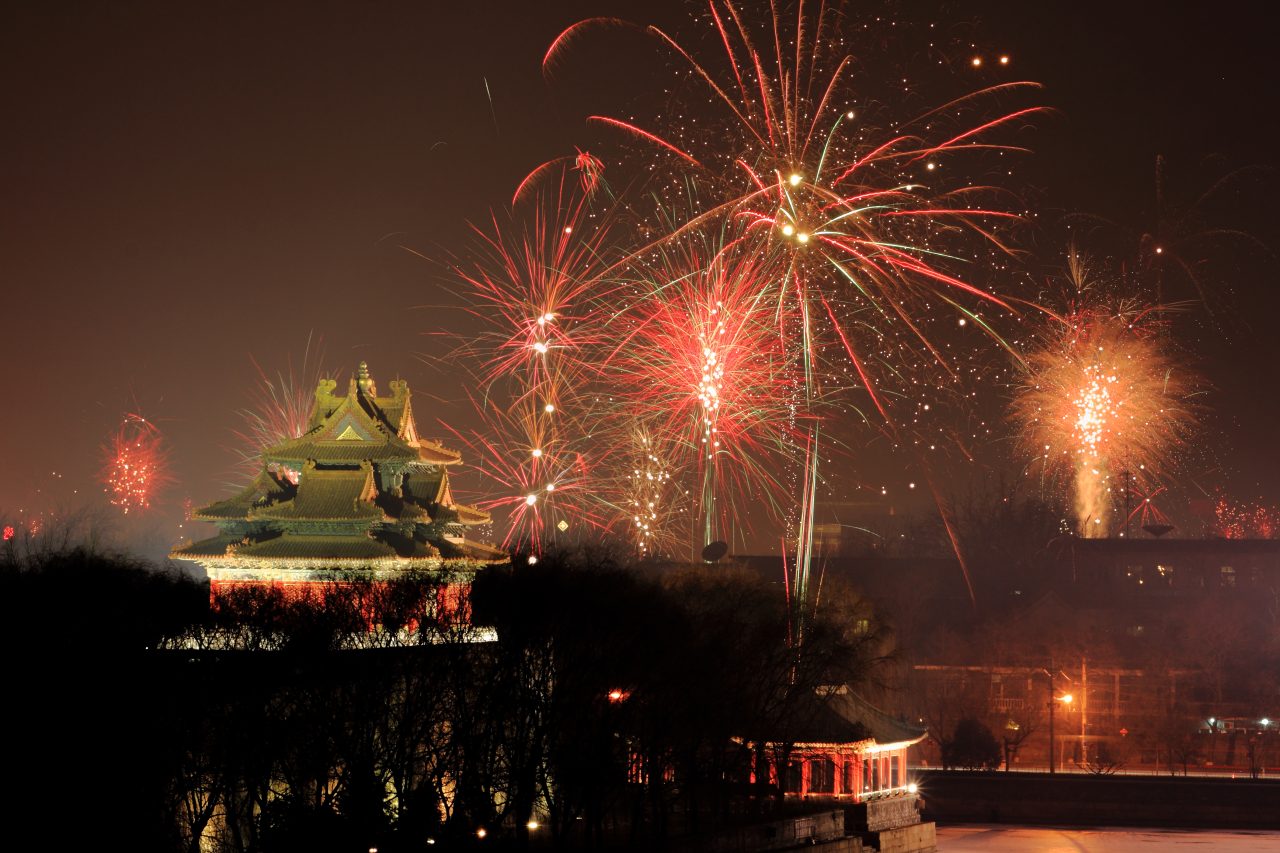
Nyttårsaften med fyrverkeri over den forbudte by i Kina.
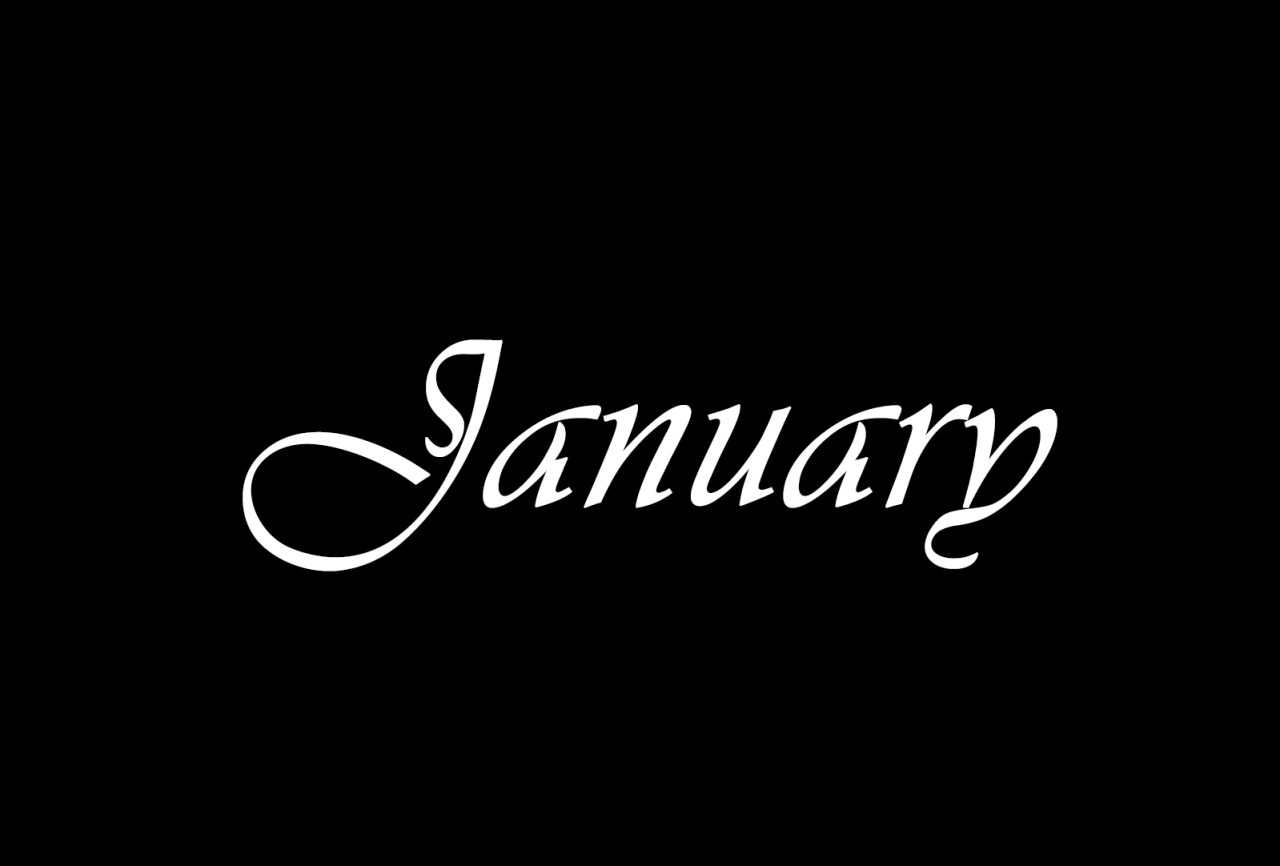
The month January written in white on a black background
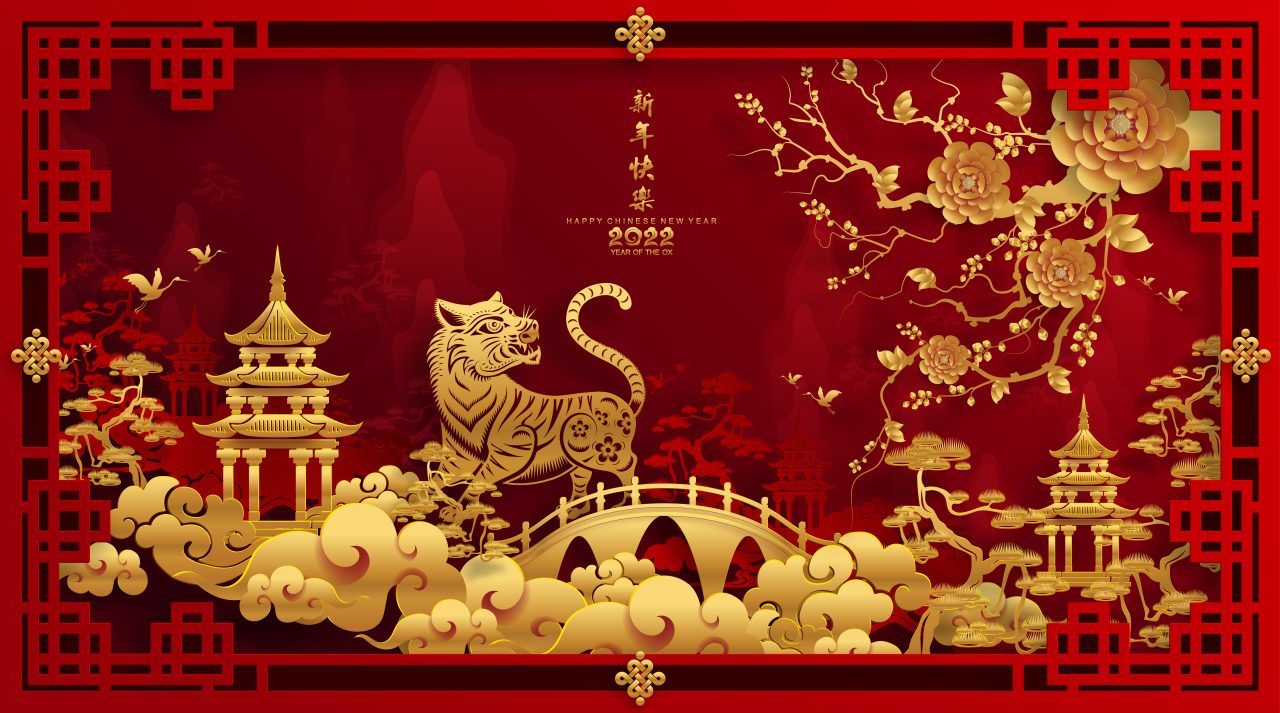
Illustrasjon i tigerens år i Kina i gull på rød bakgrunn.
New Year’s Fireworks
It is time for the New Year’s fireworks. They are both loud and spectacular. Almost all Chinese people set off fireworks, and as midnight approaches, more fireworks are set off in China than anywhere else in the world. At the same time, loud bangs from huge quantities of firecrackers exploding can be heard. Evil spirits are meant to be scared away by this and the New Year can be celebrated.

The The month January written in white on a black background February written in white on a black background
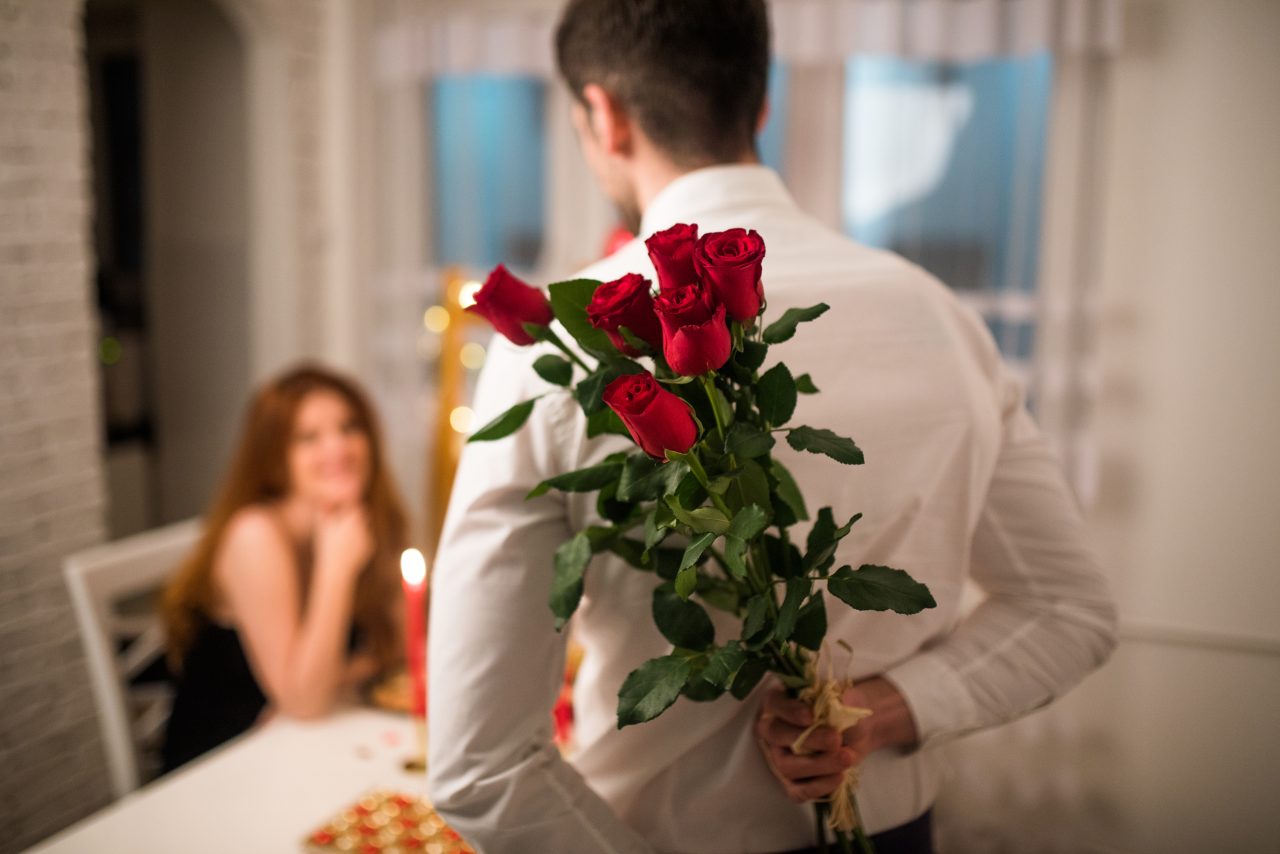
Mann står foran en sittende kvinne og han holder røde roser bak på ryggen.
Dragobete
Dragobete is the Romanian day of love and a celebration that spring is coming. The day is celebrated on February 24th. Traditionally, girls and boys would meet to look for spring flowers.
In the middle of the day, the girls run through the village. The boys who have fallen in love with them will run after them. If the boy is quick enough, and catches the girl, she can choose to kiss him or not in front of everyone else. Those who take part in Dragobete will be safe from illness for the rest of the year according to the legend.
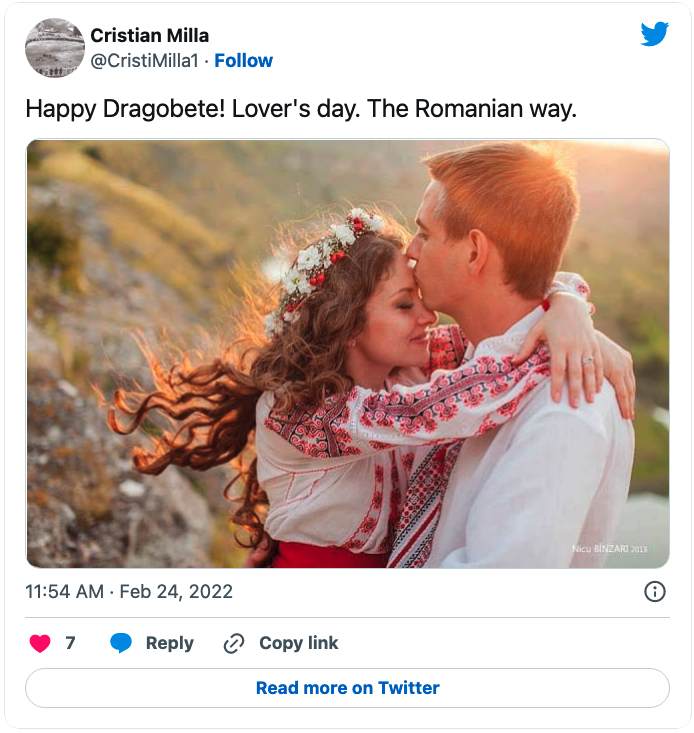
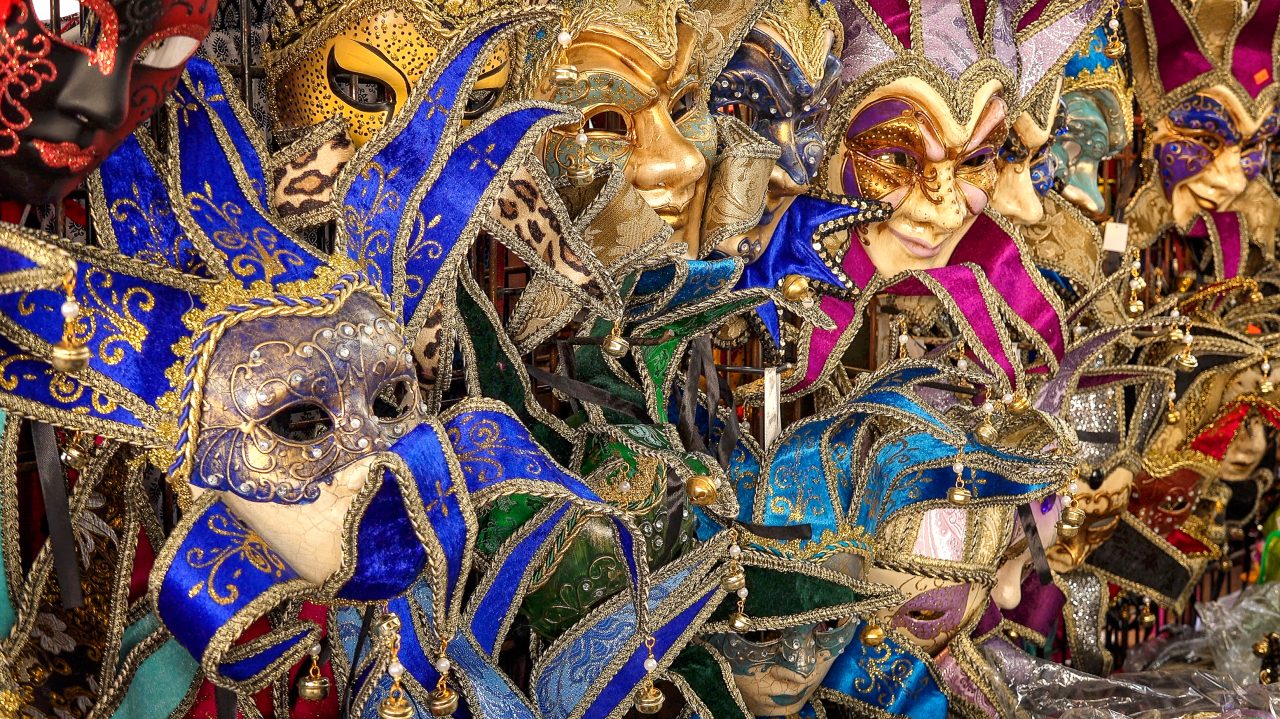
Fargerike masker til karneval.
Kalevala Day
Kalevala Day in Finland is celebrated on the 28th of February. The day celebrates Finnish language and culture and its name comes from the Finnish national epic Kalevala. It is an epic poem which contains 50 songs, written in a traditional Finnish way. The texts were originally orally told stories, but in the 19th century Elias Lönnrot gathered the stories and wrote them down as a collection.
Kalevala has played a crucial role in Finnish identity, language and culture, not least after Finland became an independent nation in 1917. The day is marked with good food and a party.
📷 A painting of Elias Lönnrot. Artist: Bernhard Reinhold
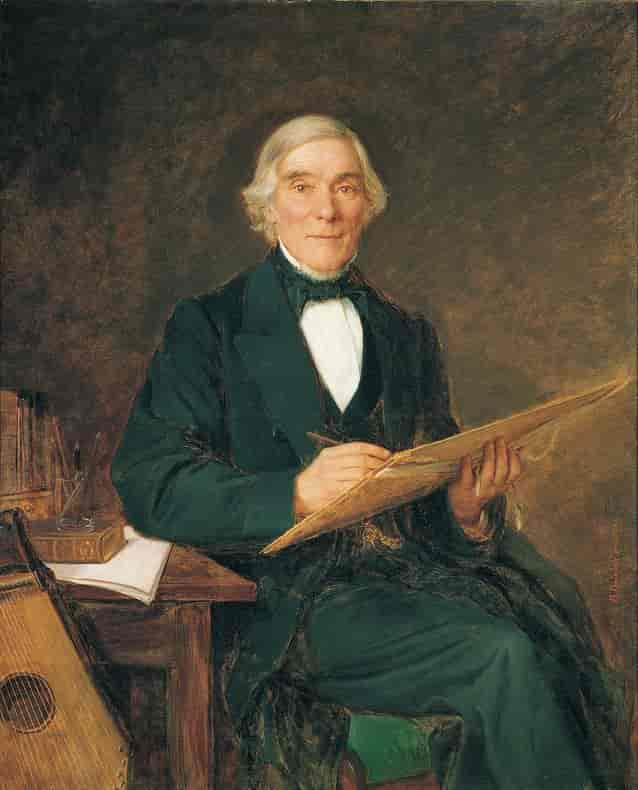
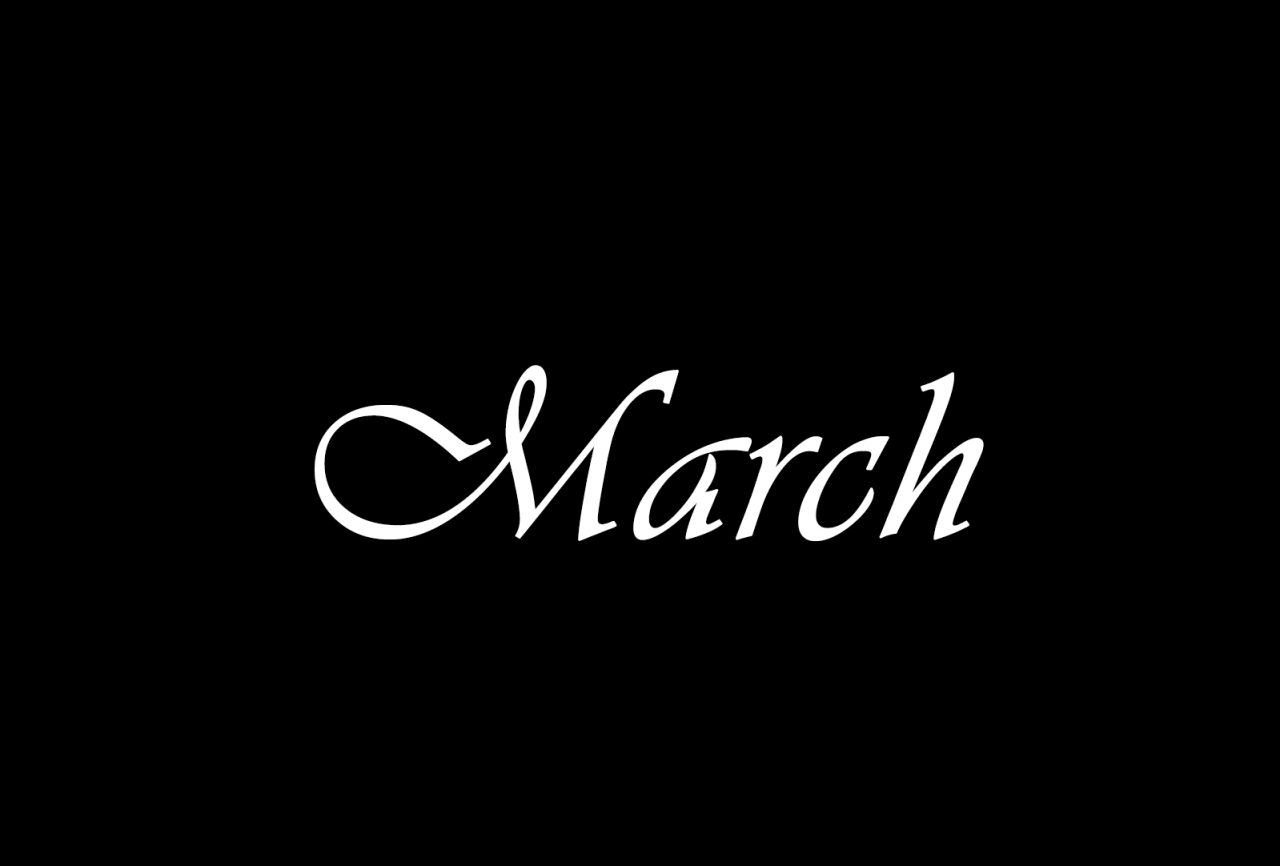
The month March written in white on a black background
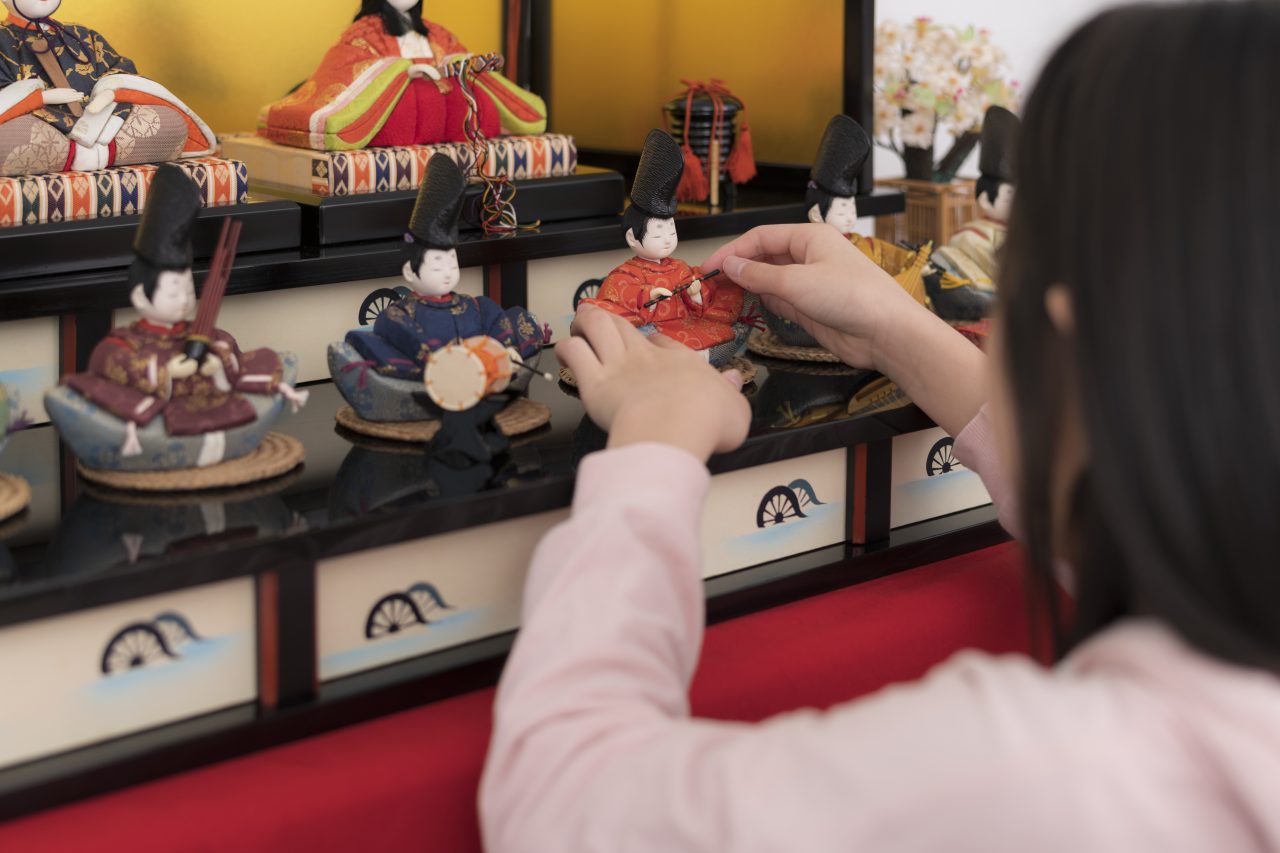
Japansk jente dekorerer rommet sitt med hinadukker.
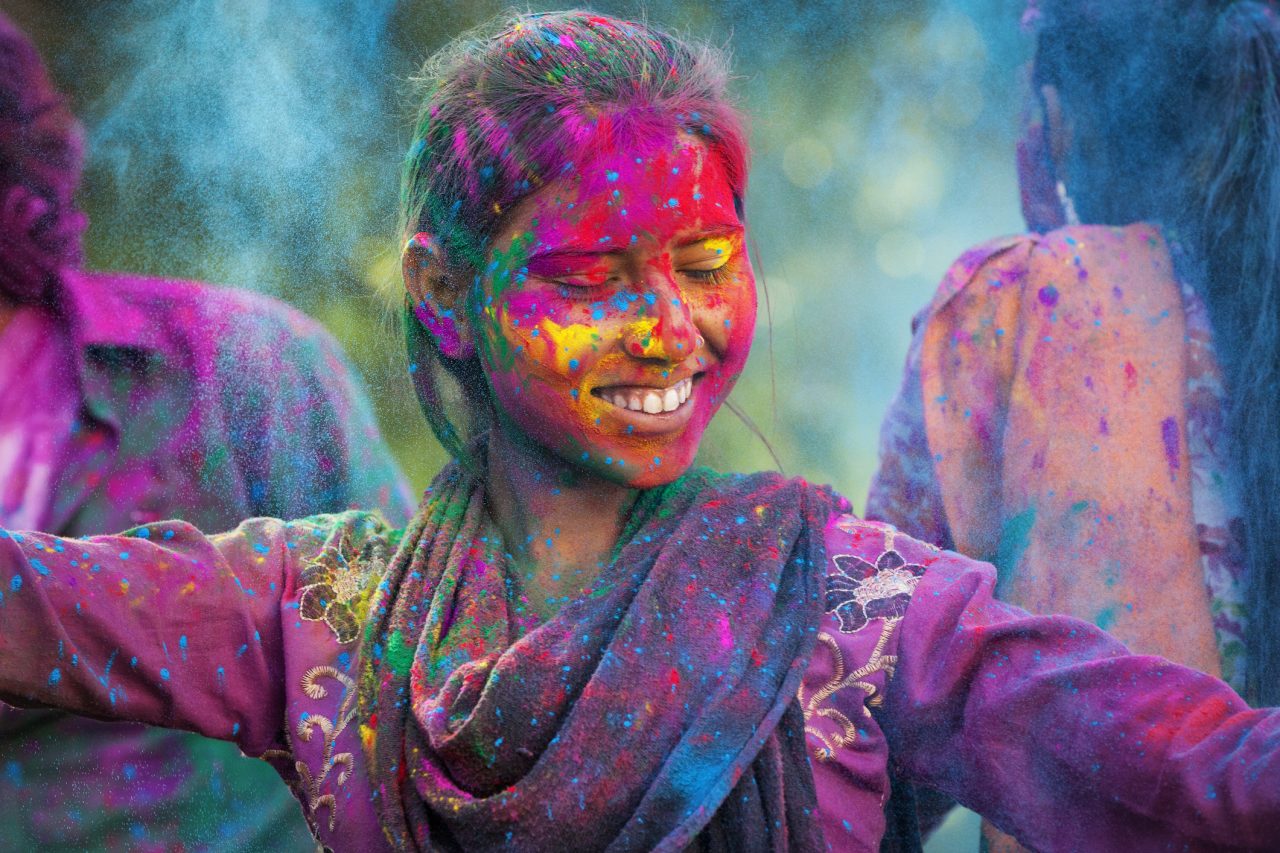
Ung jente feirer Holif
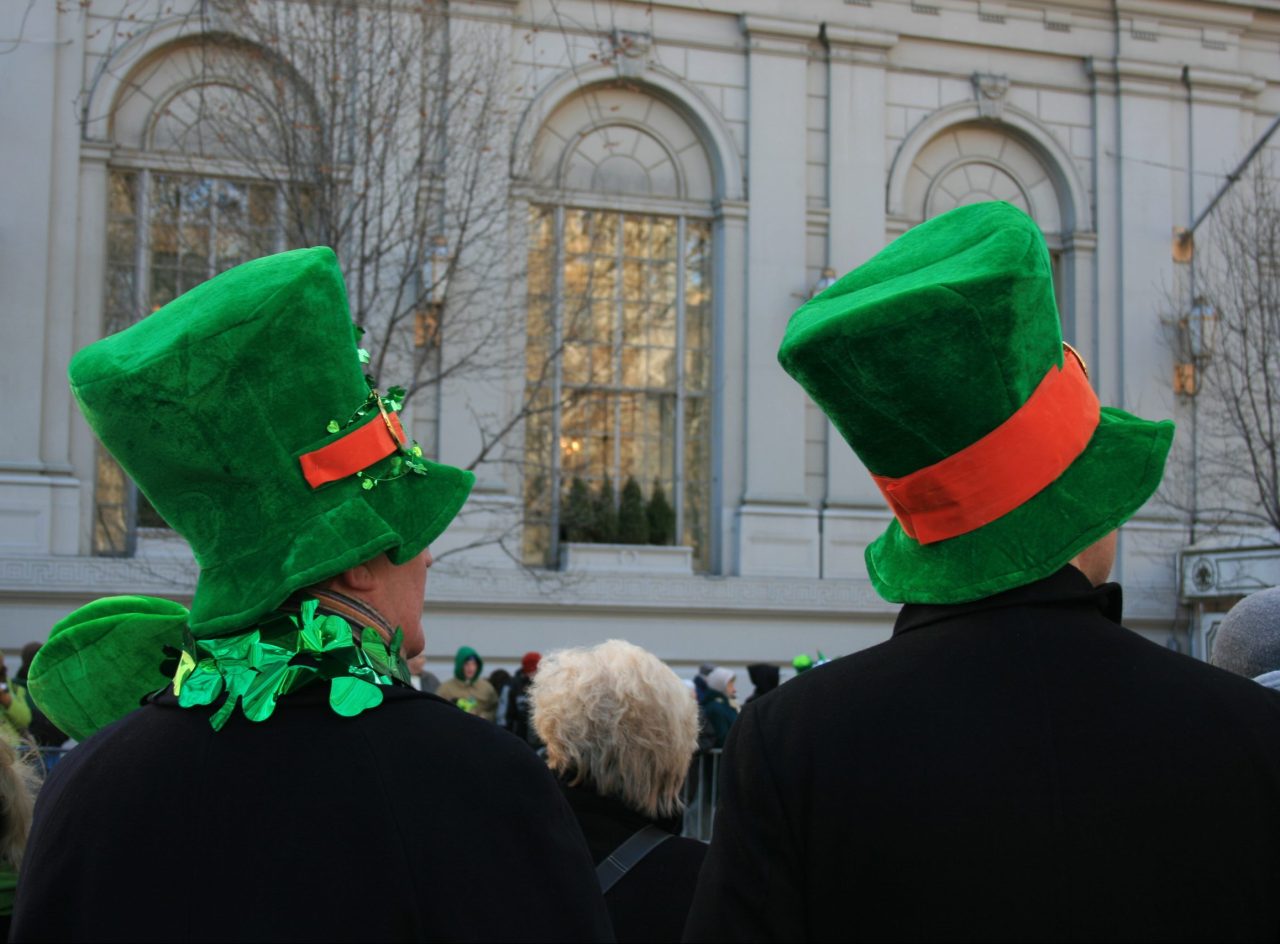
To menn med høye grønne hatter står og ser på en parade på Manhatten.
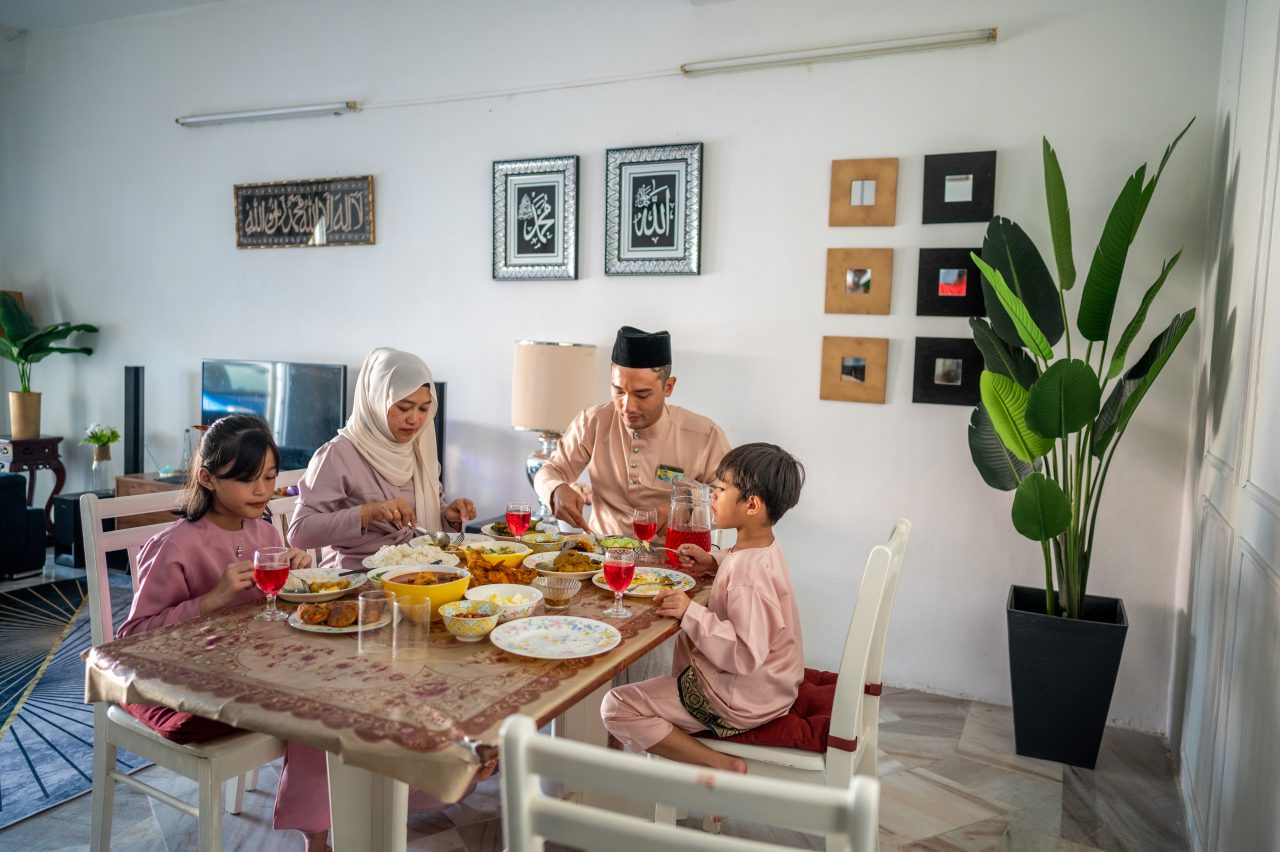
En muslimsk familie på fire personer sitter rundt et bord og spiser et festmåltid under id-festen.
Sources:
- Britannica (25.10.2022) Valentines Day
https://www.britannica.com/topic/Valentines-Day
- Romania Insider (25.10.2022) Dragobete
https://www.romania-insider.com/dragobete-lovers-day-the-romanian-way
- Britannica (26.10.2022) Mardi Gras
https://www.britannica.com/topic/Mardi-Gras-carnival
- The Spruceeats (26.10.2022) Hina
https://www.thespruceeats.com/hina-matsuri-2031037
- Wikipedia (26.10.2022) Holi
https://en.wikipedia.org/wiki/Holi
- Britannica (27.10.2022) Saint Patricks Day
https://www.britannica.com/topic/Saint-Patricks-Day
- Vogt, Kari: ramadan i Store norske leksikon på snl.no. Hentet 13. desember 2022 fra http://snl.no/ramadan
Media rights:
-
-
Getty Images
-
Skolerom
-
Getty Images
-
Getty Images
-
Getty Images
-
Skolerom
-
Getty Images
-
@ChristiMilla1 – Twitter
-
Getty Images
-
Bernhard Reinhold / Public Domain
-
Skolerom
-
Getty Images
-
Getty Images
-
Getty Images
-
Getty Images
-


